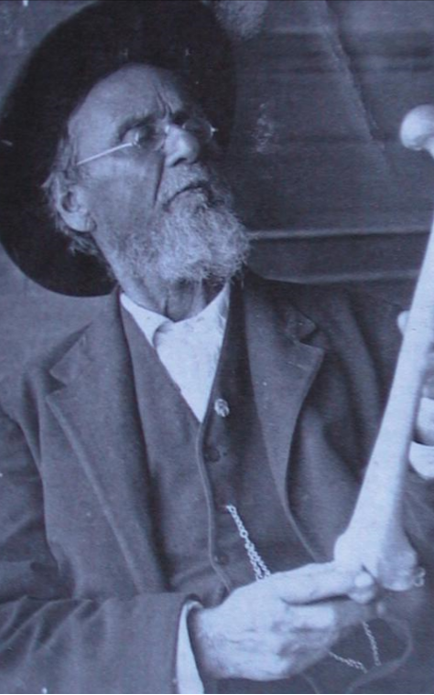
Andrew Taylor Still
Osteopathy is a manual form of medicine. It was developed in the middle of the 19th century. Century by the American doctor Dr. A. T. Still. The goal of osteopathy is the recognition of disfunctions in the body and their treatment from a holistic point of view. Diagnosis and therapy are carried out with specific osteopathic techniques. The goal of the osteopath is to detect and correct the actual causes.
In principle, it should also be noted that osteopathy in Germany is neither recognised by evidence-based medicine, nor proven in terms of effect and effectiveness by valid scientific studies. This is not changed by the fact that osteopathy in Germany can now be studied in recognised courses of study with a bachelor’s or master’s degree. Therefore, from a legal point of view, all “areas of application” of osteopathy are currently observations of individual therapists without entitlement to scientific recognition. This is how all the hints are to be understood. Feel free to ask me about this topic.
Osteopathy can be divided into three sub-areas:
- Parietal Osteopathy: Treatment of the muscles and joints taking into account manual and chirotherapeutic techniques.
- Craniosacral Osteopathie: Treatment of the skull bones and the nervous system.
- Viszeral Osteopathie: Treatment of internal organs.
It can be said that parietal osteopathy is even closest to the findings of conventional medicine. But that the pathophysiological ideas of craniosacral osteopathy are so far removed from evidence-based medicine that understanding of the two camps is hardly possible.
At this point, I would not like to mention the numerous areas of application that osteopathy observes, describes and treats for itself from its self-image as a complementary medical discipline. Even the traditional name, which is composed of bones and suffering, is far outdated, as a look at the three sub-areas shows. This should be presented and explained in a conversation. We always take our time for this.
Limits of osteopathy
- For serious diseases such as cancer, infectious diseases and acute Psychiatric diseases, osteopathy is not indicated.
So do you have questions about osteopathy and its applications? Please do not hesitate to contact us. We will be happy to advise you further by e-mail or telephone.
History of osteopathy
Osteopathy has its origin in the USA, in the middle of the 19th century. Century. At this time, conventional medicine developed rapidly. However, due to the increasing specialisation and division into individual departments, conventional medicine further distanced itself from the concept of holistic medicine.
In search of alternatives, the doctor Andrew Taylor Still developed a new therapeutic concept: Osteopathy.
His student, the American doctor William G. Sutherland, developed the concept of craniosacral osteopathy in the 1920s. Cranio-sacral therapy is a gentle, manual form of bodywork. The treatment mainly takes place on the skull (cranium) and the sacrum, but has not been scientifically proven.
The most recent area of osteopathy, visceral osteopathy, was founded by Jean-Pierre Barral in the 1970s. In visceral osteopathy, both the mobility of the organs in relation to each other and the surrounding muscle and connective tissue are examined and treated.









